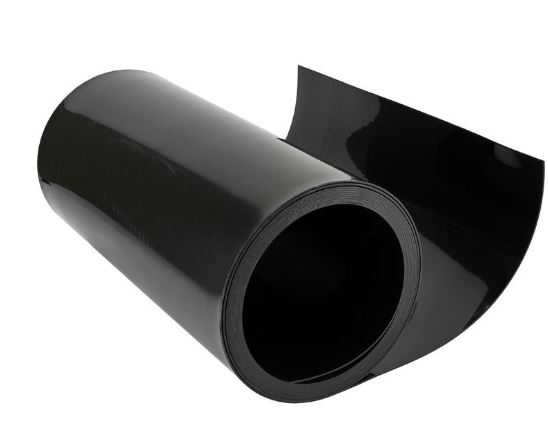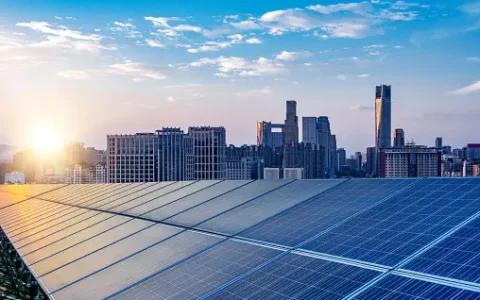
High-Density Polyethylene, commonly known as HDPE, is a remarkable material that has revolutionized various industries with its exceptional properties. Among its many applications, HDPE sheets stand out as a versatile solution for a wide range of uses. In this comprehensive guide, we’ll delve into the world of HDPE sheets, exploring their characteristics, applications, and the myriad benefits they bring to diverse industries.
What Makes HDPE Sheets Unique?
Exceptional Durability:
HDPE sheets are renowned for their outstanding durability. Thanks to their high molecular weight and strong intermolecular forces, these sheets exhibit superior resistance to wear, tear, and impact. This durability makes them an ideal choice for applications where longevity and robustness are critical.
Chemical Resistance:
One of the standout features of HDPE sheets is their resistance to various chemicals, including acids, bases, and solvents. This makes them suitable for applications in industries such as chemical processing, where exposure to corrosive substances is a constant challenge.
Versatility in Temperature Ranges:
HDPE sheets demonstrate excellent performance across a broad range of temperatures. Whether in extreme cold or scorching heat, these sheets maintain their structural integrity, making them suitable for outdoor applications, construction projects, and more.
Applications of HDPE Sheets:
Construction Industry:
HDPE sheets find extensive use in the construction sector. Their durability, resistance to moisture, and ease of fabrication make them ideal for applications such as temporary floor protection, concrete formwork, and damp-proof membranes.
Chemical Processing:
Given their remarkable chemical resistance, HDPE sheets are commonly employed in chemical processing industries for constructing storage tanks, chemical piping systems, and other containment solutions.
Agriculture:
In the agricultural sector, HDPE sheets are utilized for pond liners, greenhouse construction, and as protective barriers. Their resistance to UV radiation ensures a prolonged lifespan, even in outdoor agricultural applications.
Packaging:
HDPE sheets are widely used in the packaging industry for creating containers, bottles, and other packaging materials. The material’s lightweight nature, combined with its durability, makes it an eco-friendly and practical choice for packaging solutions.
Playground Equipment:
The impact resistance and low maintenance requirements of HDPE sheets make them an excellent choice for manufacturing playground equipment. Their ability to withstand harsh weather conditions ensures the longevity of these structures.
Benefits of HDPE Sheets:
Environmentally Friendly:
HDPE is a recyclable material, contributing to sustainability efforts. Choosing HDPE sheets for various applications aligns with eco-conscious practices.
Ease of Fabrication:
HDPE sheets are easy to cut, weld, and thermoform, allowing for versatile fabrication options. This ease of handling makes them a preferred choice for manufacturers and builders.
Low Maintenance Requirements:
The inherent resistance of HDPE to mold, mildew, and chemicals translates to minimal maintenance. This characteristic adds to the overall cost-effectiveness of using HDPE sheets in various applications.
In recent years, the application of HDPE sheets has seen continuous innovation, with manufacturers and engineers exploring new ways to harness the material’s unique properties. Let’s delve deeper into some of these advancements and speculate on the future trends that might shape the landscape of HDPE sheet usage.
Innovations in Fabrication Techniques:
As technology evolves, so do fabrication techniques for HDPE sheets. Advanced cutting, molding, and welding methods allow for more intricate designs and complex structures. This innovation not only enhances the aesthetic appeal of HDPE-based products but also opens doors to previously unimaginable applications in architecture, design, and custom manufacturing.
Structural Reinforcements:
To address the growing demand for robust structural solutions, researchers and engineers are exploring ways to reinforce HDPE sheets with other materials. This could lead to the development of composite materials that retain the favorable properties of HDPE while gaining additional strength from materials like fiberglass or carbon fiber. Such innovations could find applications in high-stress environments like construction and heavy-duty equipment manufacturing.
Integration of Smart Technologies:
In the era of smart technology, HDPE sheets are not left behind. Integrating sensors and other smart features directly into HDPE structures opens up possibilities for real-time monitoring and data collection. This can be particularly valuable in applications such as water storage tanks, where monitoring structural integrity and fluid levels is crucial for maintenance and efficiency.
Advancements in Recycling Processes:
While HDPE is known for its recyclability, ongoing research focuses on refining recycling processes to make them more efficient and cost-effective. Innovations in this area could lead to increased use of recycled HDPE in new products, further reducing the environmental impact of plastic materials.
Biodegradable HDPE:
A significant step towards environmental sustainability involves the development of biodegradable HDPE. Researchers are exploring ways to incorporate additives that facilitate the decomposition of HDPE under certain conditions, offering a greener alternative without compromising on the material’s inherent strengths.
3D Printing with HDPE:
The evolution of 3D printing technology has opened up new possibilities for creating intricate and customized structures using HDPE. This application can streamline manufacturing processes and enable the production of unique, tailored products for various industries, from healthcare to consumer goods.
Future Trends:
Circular Economy Integration:
Expect to see a stronger emphasis on circular economy principles, with a focus on designing products and systems that facilitate recycling and reusing HDPE materials. This trend aligns with global sustainability goals and addresses concerns about plastic waste.
Healthcare Applications:
With the ongoing advancements in material science, HDPE sheets may find increased use in healthcare settings. Antimicrobial coatings or additives could make HDPE a viable option for medical equipment, sanitary surfaces, and even temporary healthcare infrastructure.
Energy Sector Exploration:
As the world transitions towards cleaner energy sources, HDPE sheets may play a role in the development of solar energy components, wind turbine components, or other applications within the renewable energy sector.
In conclusion, the journey of HDPE sheets is far from static. Ongoing research and innovation continue to push the boundaries of what can be achieved with this versatile material. As industries seek sustainable and resilient solutions, HDPE sheets are poised to remain at the forefront of material innovation, shaping the landscape of manufacturing and construction for years to come.
In the world of materials, HDPE sheets stand out as a versatile, durable, and environmentally friendly choice. From packaging solutions to construction projects and agricultural innovations, the applications of HDPE sheets continue to evolve, shaping industries and contributing to a more sustainable future. As we witness ongoing advancements in technology and manufacturing processes, the potential for HDPE sheets to redefine the way we approach various challenges is both exciting and promising.



